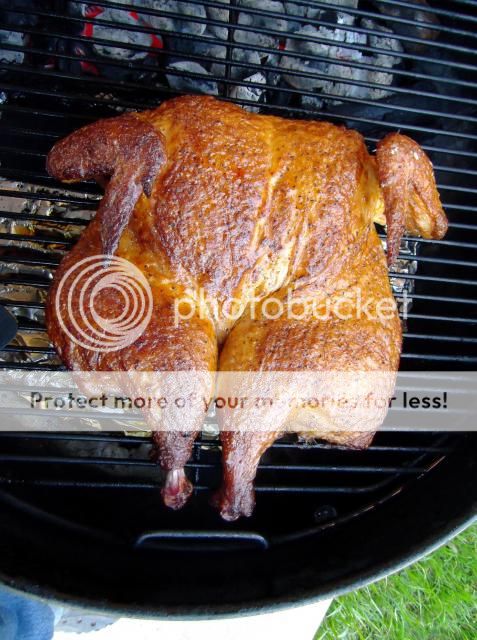I love my Q, but no one pays me to dot it, however they do pay me to take pictures for a living.
Food photography lives by one basic rule, if it doesn't look appetizing, it sucks! Your brain turns off, its a subconscious thing.
Lighting is everything, but that doesn't mean you can't take nice food photos with inexpensive equipment. Here are a couple of tips...
1.) Work against the light. The light should be coming from behind the food, opposite the camera. Now it has to be above the angle of the lens to the food, and preferably a little left or right. That big bright thing in the sky is a light, use it.
2.) Working against the light you have to fill in the shadows it creates. That can be done by forcing your flash on or using a reflector. For food you need nothing larger that a sheet of white paper or a small hand mirror. Capture the light in the reflector and direct it back toward the plate. You'll have some pretty tasty looking food.
3.) Color!!! There are three basic colors of light, daylight is blue, fluorescent is green and incandescent (standard light bulbs) is yellow. When you mix your light sources digital cameras get mad.
- back to rule #1, adding flash (blue light) in your kitchen with fluorescent light (green), makes a digital mess of colors and the food doesn't look appetizing.
I'm not the worlds best food photographer, but these are some basic tips.
Enjoy this photo of BBQ short bread and strawberry's, it's the only one I have handy = ; )



